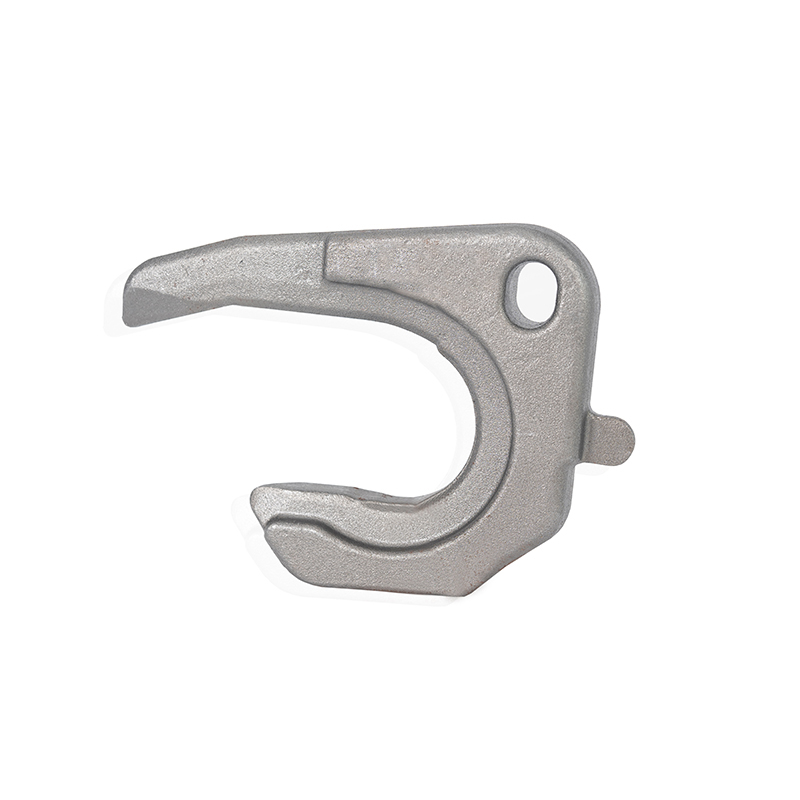How does the fifth wheel lock jaw engage with the trailer's kingpin?
 2024.06.18
2024.06.18
 Industry news
Industry news
The fifth wheel lock jaw stands as a vital component within the coupling mechanism of heavy-duty trucks and trailers, playing a pivotal role in ensuring a secure and reliable connection between the tractor and trailer units. Central to its function is the precise and robust engagement with the trailer's kingpin, a critical process that underpins the safety and operational efficiency of commercial vehicles.
Understanding the Mechanics
1. Alignment and Approach
The process begins with the careful alignment of the trailer's kingpin with the fifth wheel assembly mounted on the tractor. The fifth wheel is a large horseshoe-shaped metal plate that sits horizontally on the tractor chassis. Positioned directly beneath it is the lock jaw mechanism, designed to receive and secure the kingpin.
2. Lowering and Insertion
As the driver slowly maneuvers the tractor into position, the trailer is gradually lowered towards the fifth wheel. The kingpin, a prominent metal pin located on the trailer's front underside, is guided into the open throat of the lock jaw mechanism. This alignment ensures that the kingpin enters smoothly into the lock jaw's grasp.
3. Automatic Engagement
Upon reaching the correct position, the lock jaw mechanism is engineered to act swiftly and decisively. A spring-loaded mechanism within the lock jaw automatically triggers the closure around the kingpin. This action is designed to be immediate and secure, ensuring that the connection is established without delay or manual intervention.

4. Securing the Connection
Once engaged, the lock jaw exerts a powerful grip around the kingpin. This grip is essential for maintaining stability and safety during the vehicle's operation, particularly under the dynamic stresses encountered during acceleration, braking, and turning. The robust design of the lock jaw ensures that the connection remains steadfast even under challenging road conditions.
5. Verification and Safety Features
To further bolster safety, many lock jaw mechanisms incorporate visual or mechanical indicators. These indicators provide clear confirmation to the driver that the kingpin is securely held within the lock jaw. Such features are crucial in preventing accidental uncoupling, which could have severe consequences for both the vehicle and its surroundings.
6. Release Mechanism
When it becomes necessary to uncouple the trailer from the tractor—such as during loading, unloading, or maintenance—the driver initiates the release process. From inside the tractor's cab, a control mechanism disengages the lock jaw's grip on the kingpin. This action allows the trailer to be separated smoothly and safely from the tractor, facilitating efficient operations in various logistical scenarios.
Engineering Precision and Reliability
The design and engineering behind the fifth wheel lock jaw prioritize durability, precision, and reliability. Constructed from high-strength materials such as hardened steel, the fifth wheel lock jaw is built to withstand the immense forces and stresses encountered in heavy-duty transportation. Regular maintenance and inspection protocols ensure that the lock jaw continues to perform optimally throughout its operational lifespan.





















